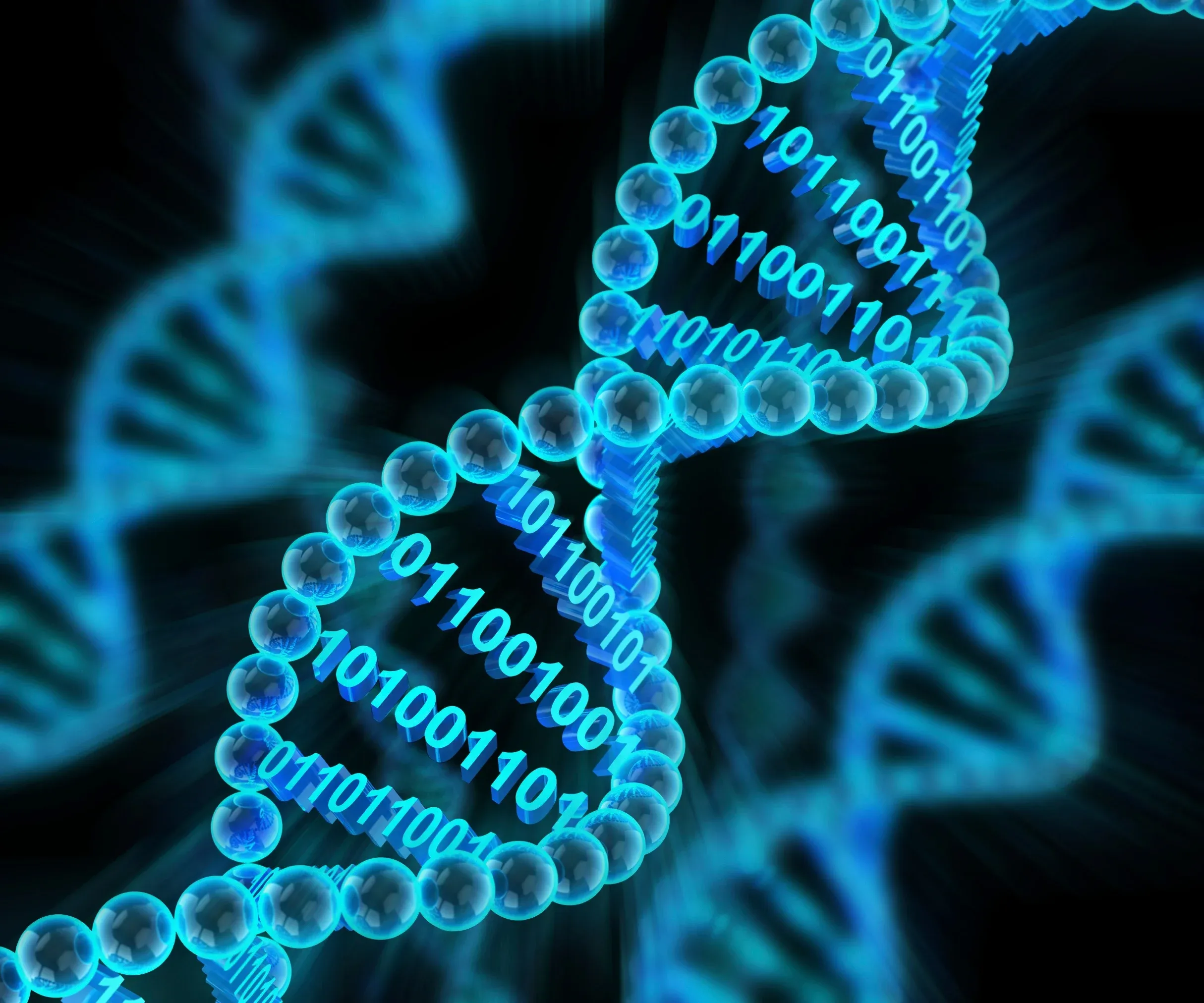Abstract:
Bioinformatics has emerged as a transformative discipline at the intersection of biology, computer science, and statistics. It utilizes computational tools and techniques to extract valuable insights from vast amounts of biological data, enabling researchers to unravel complex biological phenomena and accelerate scientific discovery.
This article provides an overview of bioinformatics, highlighting its essential role in genomics, proteomics, and systems biology. explores the various applications of bioinformatics, including sequence analysis, structural biology, comparative genomics, and drug discovery.
Additionally, this article discusses the challenges and future directions of bioinformatics, underscoring the potential impact of this interdisciplinary field on our understanding of life itself.
Introduction:
The advent of high-throughput technologies, such as next-generation sequencing, has led to an exponential increase in the generation of biological data.
Bioinformatics has emerged as a vital field to handle, analyze, and interpret this vast amount of information. By integrating computational methods, statistical analysis, and biological knowledge, bioinformatics has revolutionized biological research, offering unprecedented opportunities to explore the intricacies of living systems.
Bioinformatics in Genomics:
Genomics, the study of an organism's entire set of genes, has been revolutionized by bioinformatics. Sequence alignment algorithms, gene prediction methods, and functional annotation tools enable the identification and characterization of genes, regulatory elements, and non-coding RNAs.
Comparative genomics allows the study of evolutionary relationships between species, aiding in the identification of conserved regions and the discovery of novel genes.
Bioinformatics in Proteomics:
Proteomics involves the large-scale study of proteins, their structures, functions, and interactions within biological systems.
Bioinformatics plays a crucial role in protein structure prediction, protein-protein interaction networks, and the analysis of post-translational modifications. By integrating proteomics data with other biological datasets, bioinformatics facilitates the identification of potential drug targets and biomarkers for disease diagnosis.
Bioinformatics in Systems Biology:
Systems biology aims to understand biological processes as interconnected networks of molecules and their interactions.
Bioinformatics tools enable the integration of multi-omics data, such as genomics, transcriptomics, proteomics, and metabolomics, to construct comprehensive models of biological systems. These models can simulate complex biological phenomena, leading to a deeper understanding of cellular processes, disease mechanisms, and the discovery of novel therapeutic interventions.
Challenges in Bioinformatics:
Despite its tremendous potential, bioinformatics faces several challenges. The exponential growth of biological data requires scalable and efficient computational methods for data storage, retrieval, and analysis. Standardization of data formats, development of robust algorithms, and advancements in machine learning techniques are crucial to handle the complexities inherent in biological data. Furthermore, ethical considerations, data privacy, and reproducibility of results are significant concerns that must be addressed.
Future Directions:
The future of bioinformatics holds great promise. The integration of diverse data types, including single-cell genomics, metagenomics, and epigenomics, will provide a more comprehensive understanding of biological systems.
Advancements in artificial intelligence and deep learning algorithms will enable the analysis of complex datasets, leading to the discovery of novel patterns and relationships. Furthermore, the application of bioinformatics in personalized medicine and precision agriculture will revolutionize healthcare and food production, respectively.
Conclusion:
Bioinformatics has become an indispensable tool in modern biology, empowering scientists to make sense of the deluge of biological data.
Its applications span genomics, proteomics, and systems biology, providing valuable insights into the complexities of life. As bioinformatics continues to evolve, it holds the potential to revolutionize our understanding of biology, shape personalized medicine, and address global challenges in fields such as agriculture and environmental conservation. With ongoing advancements in computational power, data integration, and analytical methods, bioinformatics is poised to unlock the secrets of life's most intricate mechanisms.
Used references:
- Aluru, S. (Ed.). (2018). Handbook of Computational Molecular Biology. Chapman and Hall/CRC.
- Baxevanis, A. D., & Ouellette, B. F. (Eds.). (2004). Bioinformatics: A Practical Guide to the Analysis of Genes and Proteins. John Wiley & Sons.
- Lesk, A. M. (2017). Introduction to Bioinformatics. Oxford University Press.
- Pevsner, J. (2015). Bioinformatics and Functional Genomics. John Wiley & Sons.
- Mount, D. W. (2004). Bioinformatics: Sequence and Genome Analysis. Cold Spring Harbor Laboratory Press.
- Durbin, R., Eddy, S. R., Krogh, A., & Mitchison, G. (1998). Biological Sequence Analysis: Probabilistic Models of Proteins and Nucleic Acids. Cambridge University Press.
- Bourne, P. E., & Weissig, H. (Eds.). (2003). Structural Bioinformatics. John Wiley & Sons.
- Markowetz, F. (2019). Data Science for Biologists. Cambridge University Press.
- Jensen, L. J., & Bateman, A. (2013). Bioinformatics: An Introduction. John Wiley & Sons.
- Salzberg, S. L. (2019). Bioinformatics: Introduction and Methods. Springer.






0 comments:
Post a Comment
Note: Only a member of this blog may post a comment.